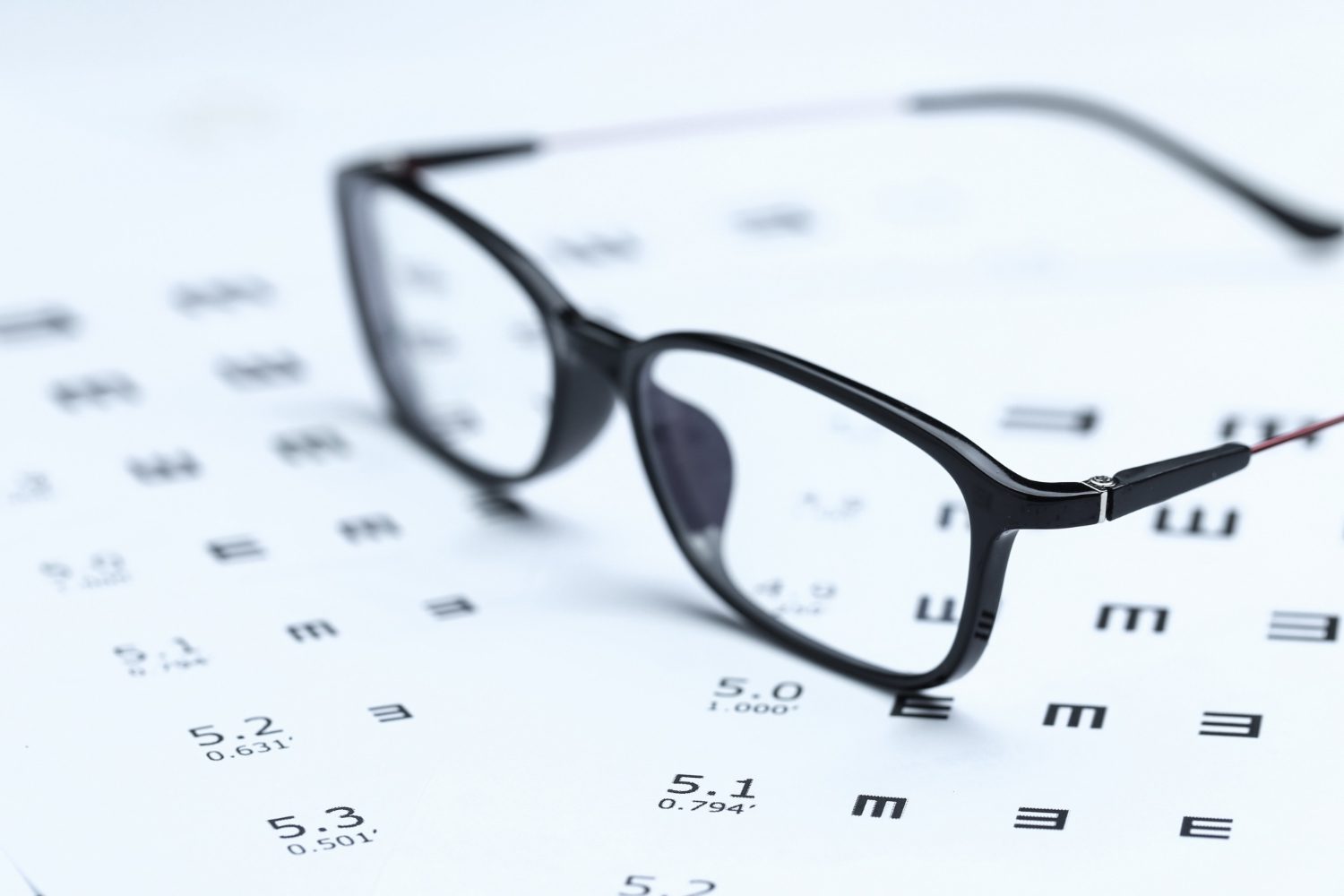Glaucoma is a concept combining several ailments affecting eyes and affecting optic nerves. Its progression leads to complete vision loss.
Predominantly, excess liquid accumulates in the eye. Liquid accumulation puts excessive pressure on eyes; it causes optic nerves to be damaged. Mostly, the pathology develops in both eyes, however, at the outset it manifests itself in only one. In this case, one eye can be affected to a greater extent.
Causes of glaucoma
Glaucoma may progress for no apparent reason. There’re several points that may force it to appear. With ailment, pressure on drainage channels becomes higher, thus, they begin to “resist” the removal of fluid. Due to its excessive accumulation in eyes, there’s high-pressure already inside the eye: it may cause optic nerves damage. Risk-factors include:
- age category – risks increase with age;
- race – blacks and Hispanics;
- ailment presence in family anamnesis;
- farsightedness;
- high blood-pressure;
- corticosteroids for a long time;
- myopia;
- eye injury or surgery.
Symptoms of glaucoma
What are the symptoms of glaucoma? Several types of glaucoma don’t manifest themselves. In most cases, modifications caused by disease occur by degrees.
- Strong pressures and pain in the eyes.
- Headaches.
- The appearance of aureoles around the iris.
- Diffuse eyesight, blind spots.
- Heavy redness of eyes.
Diagnosis of glaucoma
Hundreds of people with this ailment may not be aware of it. Therefore, it’s extremely-important to pass regular check-ups with a physician. If pathology is suspected, the specialist may apply the following:
- extended examination of optic nerves;
- gonioscopy – examination of eye corner;
- OCT – detection of modifications in optic-nerves;
- tonometry – eye-pressure determination;
- pachymetry – measurement of cornea density;
- examination of eyes inside – doctors use specific slit-lamp;
- use of specific tables for checking eyesight;
- perimetry – checking modifications in eye’s capacity to focus on objects being on side.
Treatment of glaucoma
Treatments of glaucoma retard eyesight deterioration, nevertheless, it cannot recover already lost vision.
- Meds – special drops, the action of which is aimed at improving drainage and reducing the amount of fluid inside eyes.
- Latest bimato-prost implants dissolving in eyes and functioning for months.
- Laser therapy – a laser is implemented for improving liquid outflow. Effect of such type of therapy can last for years.
- Surgeries, such as minimally-invasive MIGS – reducing pressure. Surgeries slow deterioration of vision, however, it doesn’t make it eventual to recuperate the eye after damages caused by ailment.
Patients undergone glaucoma therapy must undergo a mandatory regular examination by a doctor.


